Rueda Eiffel
An intriguing antique iron Ferris wheel that most locals are sure was designed by Gustave Eiffel.
Gustave Eiffel is connected with tens if not hundreds of constructions across South America, some legitimately and others more dubiously. Whether the celebrated French engineer and architect had any hand in the design of the Rueda Eiffel in Córdoba, Argentina, is still open to debate.
The Rueda Eiffel (Eiffel Wheel), also known as the Vuelta al Mundo de Córdoba, is a large iron Ferris wheel in Parque Sarmiento in Córdoba, the second largest city in Argentina. But its original location, as far as anyone knows, was 325 miles north in the city of San Miguel de Tucumán in the north of Argentina.
How it got there is anyone’s guess. What we do know is that it was erected in the old Mundial Park in Tucumán in the early 1900s, at which time it was known as the Rueda Monumental (Monumental Wheel).
In 1918, the wheel was purchased on some long-forgotten whim by the city of Córdoba, where it was reassembled in Parque Sarmiento. And that’s where the 88.5-foot diameter wheel still stands today, although only just.
Just one year after buying the wheel, the local municipality had to fork out a significant slice of cash to stop the wheel from collapsing. Back then, actual passengers where allowed on the wheel, making its structural deficiencies an issue of some urgency.
Patched up, it was reopened to the public and then closed again in 1926. It reopened, then closed again in 1938, when its supporting spokes were so weakened that the wheel had taken on an oval shape. Local engineers removed 10 of the wheel’s 20 cabins to decrease the load. It remained that way until 1992, when engineers finally agreed that the whole thing was actually, honestly, yes really, collapsing, at which point the Rueda Eiffel was closed until further notice.
It wasn’t until 2001 that the Rueda Eiffel began to see some hope of a return to dignity. The municipality invested $150,000 USD into its reconstruction and renovation, and the wheel was re-inaugurated in 2003. It didn’t spin and certainly couldn’t carry any passengers, but the wheel was nonetheless restored to a proud aesthetic state as a sculpture. It now stands once again as an iconic landmark of Córdoba.
As for the Eiffel connection, the architect and historian Carlos Page argues that the wheel was indeed designed by the Frenchman. According to Page, the structure once bore a metal plaque stating just that. The plaque, however, was apparently removed and lost, and with it any potentially concrete connection to Gustave Eiffel.
Community Contributors
Added by
Edited by
Plan Your Trip
The Atlas Obscura Podcast is Back!


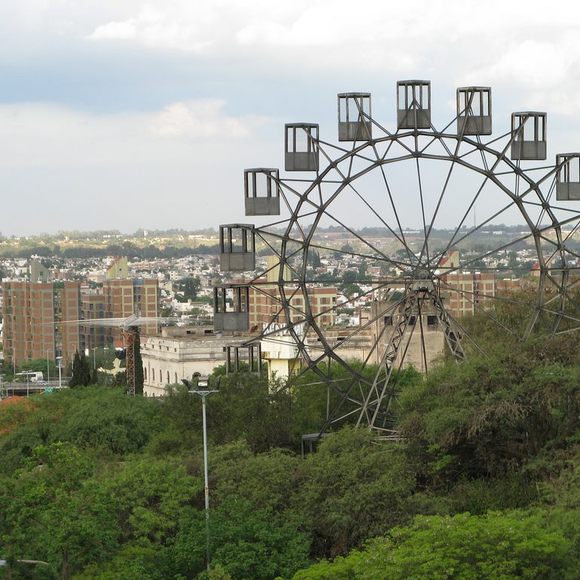

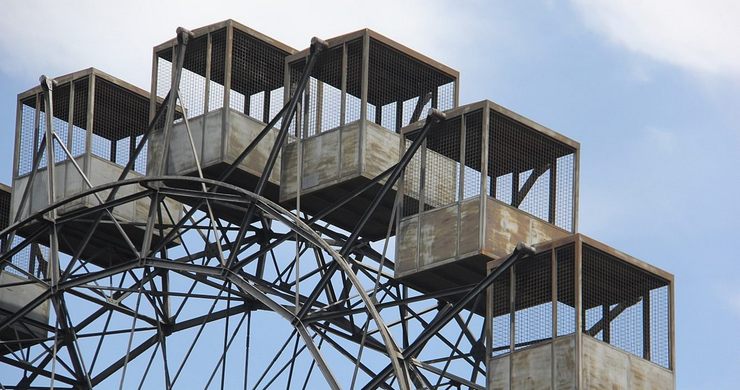
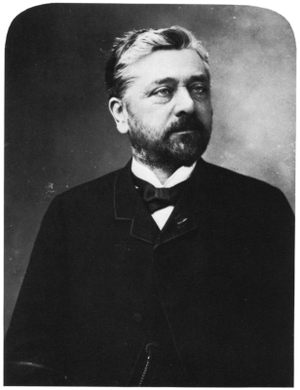

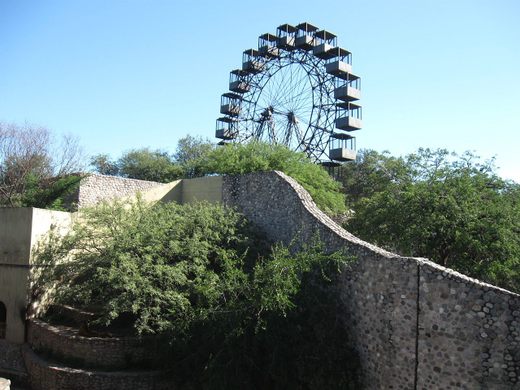
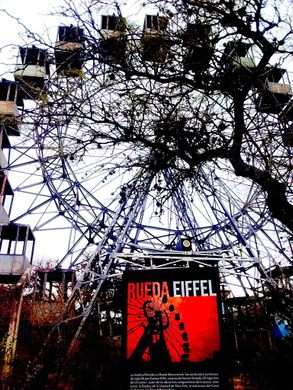









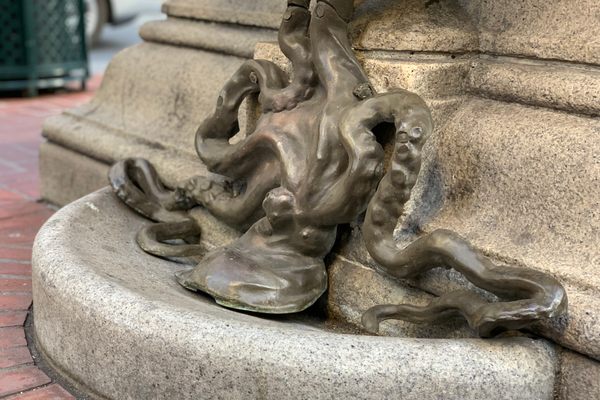



Follow us on Twitter to get the latest on the world's hidden wonders.
Like us on Facebook to get the latest on the world's hidden wonders.
Follow us on Twitter Like us on Facebook